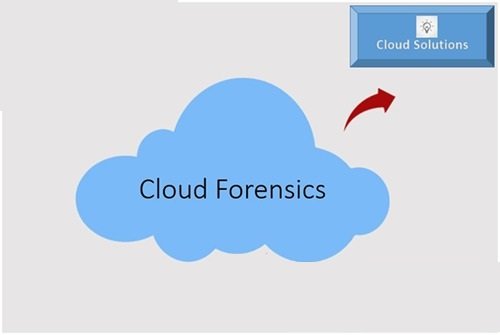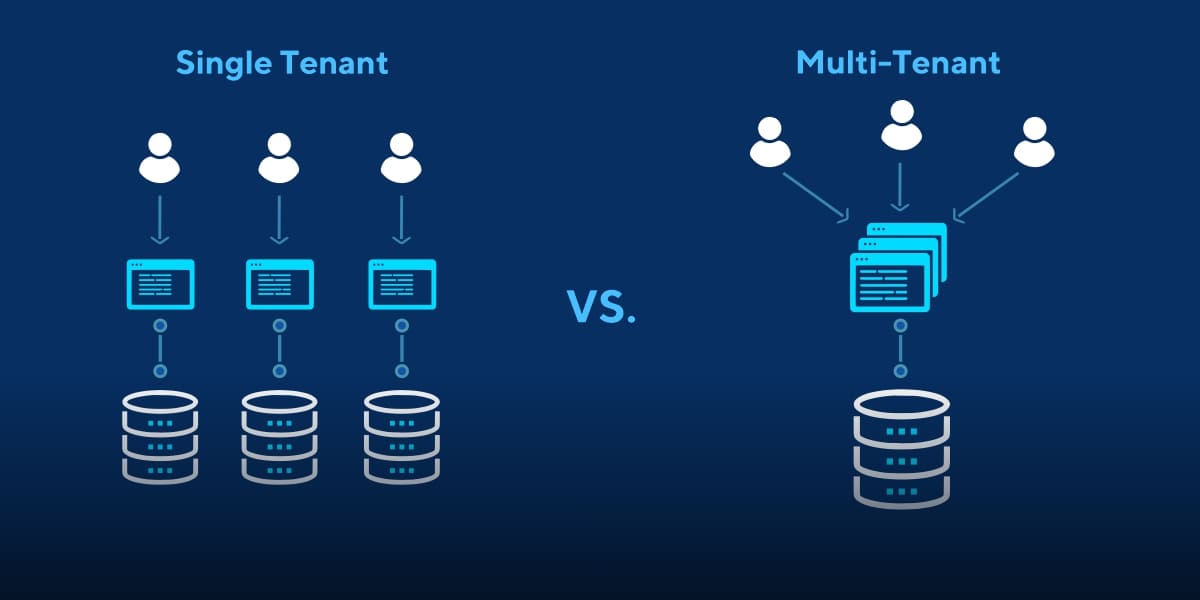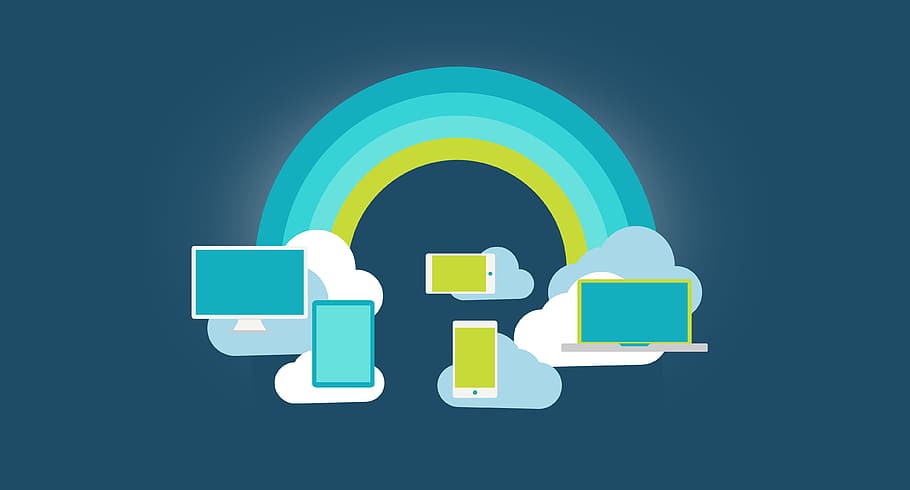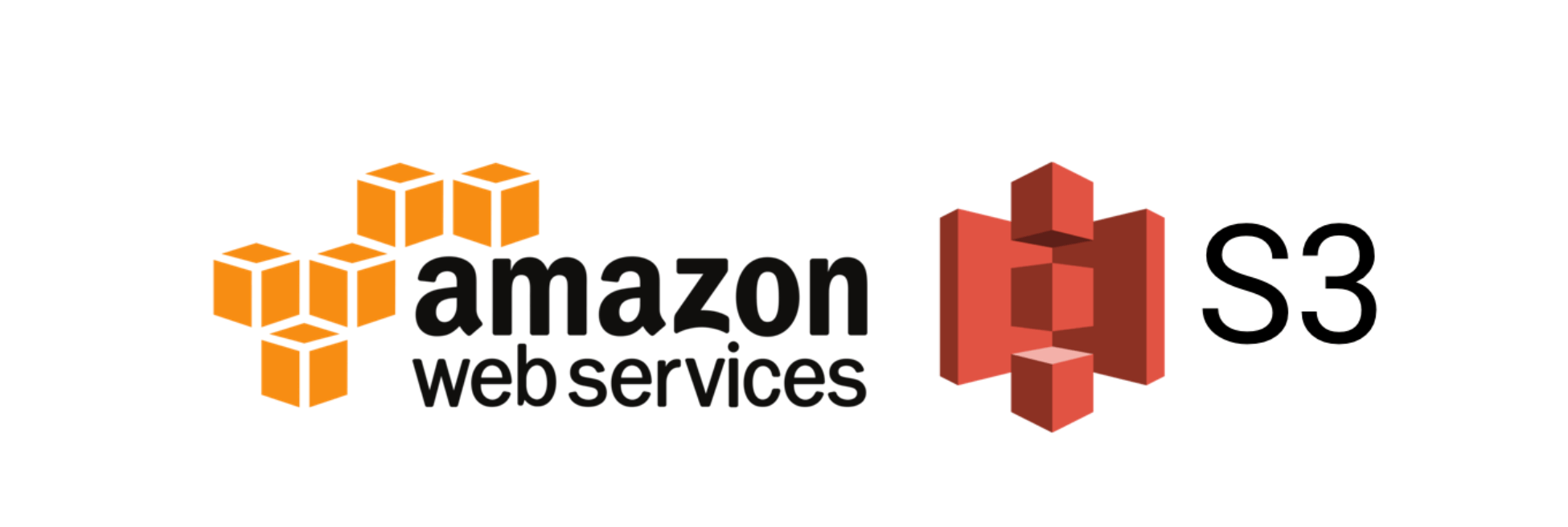Cloud Forensics
Before Desktops, mainframes, PDAs, and even smartphones, cloud computing was already a significant changer in the IT industry. It has the power to fundamentally change the creation, access, and management of information technology services.
66 percent of IT managers indicated they had budgets set aside for cloud computing, and 71 percent expect cloud computing expenses to rise in the next two years, according to a recent survey. Computer- and Internet-related crimes have increased over the past decade, leading to equivalent growth in businesses seeking to help law enforcement by utilizing digital evidence to determine offenders, methods, victims, and timing of computer crime.
This is the polar opposite of the previous situation. Because of this, cybercrime evidence may now be appropriately represented in court thanks to advances in digital forensics. Storage capacity rises quicker than network speed and latency, but as a result, the quantity of forensic data expands, making it more difficult to examine it swiftly.
Check to see if any unlawful or criminal behavior has taken place utilizing IT-based systems. After receiving a complaint, IDS can detect anomalies, and an audit trail can monitor and profile the affected party. Suspicious cloud events can be found depending on the deployment model (private, public, community, or hybrid), type of cloud service (SaaS, PaaS, or IoT), and geographic region in which the affected party is located.
Collecting data as needed by law and forensics without compromising the integrity of any sources. Please do not tamper with any evidence or data to preserve it for future use. An enormous quantity of data storage space may be required for data gathering.
Many approaches and strategies may be used to detect suspicious activity or malicious code (such as filtering and pattern-matching). Forensic technology allows us to look into and investigate data and crimes. Evidence may be gathered by asking questions of a company or a person involved.
Three-Dimensional Cloud Forensics
Because of this, it is necessary to use specific tools and procedures while beginning the forensic investigation in the cloud computing environment. Forensics in elastic/static/live settings includes experiments in virtualized environments and anticipatory planning.
In cloud computing forensic investigations, two parties are usually involved: a cloud customer and a cloud service provider (CSP). To a greater extent, studies become more extensive when the CSP contracts out services to other parties. Researchers, IT experts, incident handlers, and outside help are all positions that need to be filled before a business can begin investigating cloud abnormalities. A department may be permanent or temporary, but it must be accountable for internal and external issues. Moreover, they need to be able to cooperate reasonably with one another.
Cloud service providers (CSPs) and the overwhelming majority of cloud apps are interconnected in a dependency chain. In this scenario, investigations will be based on the findings of inquiries into each link in the chain and the degree of complexity. Any of the chain’s numerous links may break or become corrupt, or there could be a lack of collaboration among the many members. The only way to guarantee close communication and cooperation is to adopt organizational norms and legally enforceable service level agreements (SLAs).
Cloud Forensic Investigators use the Following Cloud Forensic Tools
Because cloud-specific forensic tools aren’t on the market yet, testing forensic tools on the cloud isn’t feasible. Investigators still use tried-and-true techniques for getting evidence from the cloud, though.
- The guest OS layer of the cloud may be accessed using Encase Enterprise to collect data. Instead of analyzing historical data, use IaaS data.
- Data from the cloud’s guest OS layer may be collected using Access data FTK.
- An open stack cloud computing platform called FORST gathers API logs and information on virtual disks and guest firewalls.
- The UFED cloud analyzer is used to do data and metadata analysis on the collected data and information.
- Extraction and analysis of Docker Host System forensic artifacts from their dick images using the Container Exploration Toolkit and Docker Forensics Toolkit.
- Diffy provides cloud service and data transparency (used by Netflix)
Cloud computing infrastructure isn’t disclosed enough. As a safety precaution, cloud service providers are prohibited from revealing the details of the software they use.
In the case of a criminal occurrence, service level agreements must specify how an investigator and the cloud service provider would conduct a forensic investigation. You must explain each party’s duties and legal ramifications to offer criminal justice help. A method or service provided by cloud service providers should allow investigators to perform in-depth forensic investigations.
Using IT-based systems, look for evidence of illicit or illegal activity. Monitoring and profiling the impacted party using an IDS after receiving a complaint and detecting abnormalities is possible. Depending on the deployment style community, private, hybrid, or public, and the kind of cloud service used like SaaS, PaaS, or IoT and the impacted party’s location, suspicious cloud events may be discovered. Suspicious cloud events can also be found in hybrid clouds.
Compilation of data as required by law and forensics without jeopardizing the integrity of the sources. You must not change any proof or data to keep it. The data collection may need a considerable amount of storage space.
Several methods and tactics may be utilized if suspicious behavior or malicious code is detected (such as filtering and pattern-matching). We can examine and analyze data and crimes thanks to forensic technology. Asking inquiries of a business or a person involved may help collect evidence.


![9 Best Cybersecurity Podcasts to Follow [2023] 2 9 Best Cybersecurity Podcasts to Follow [2023]](https://www.eescorporation.com/wp-content/uploads/2021/10/CyberSecurity-Podcasts.jpeg)









